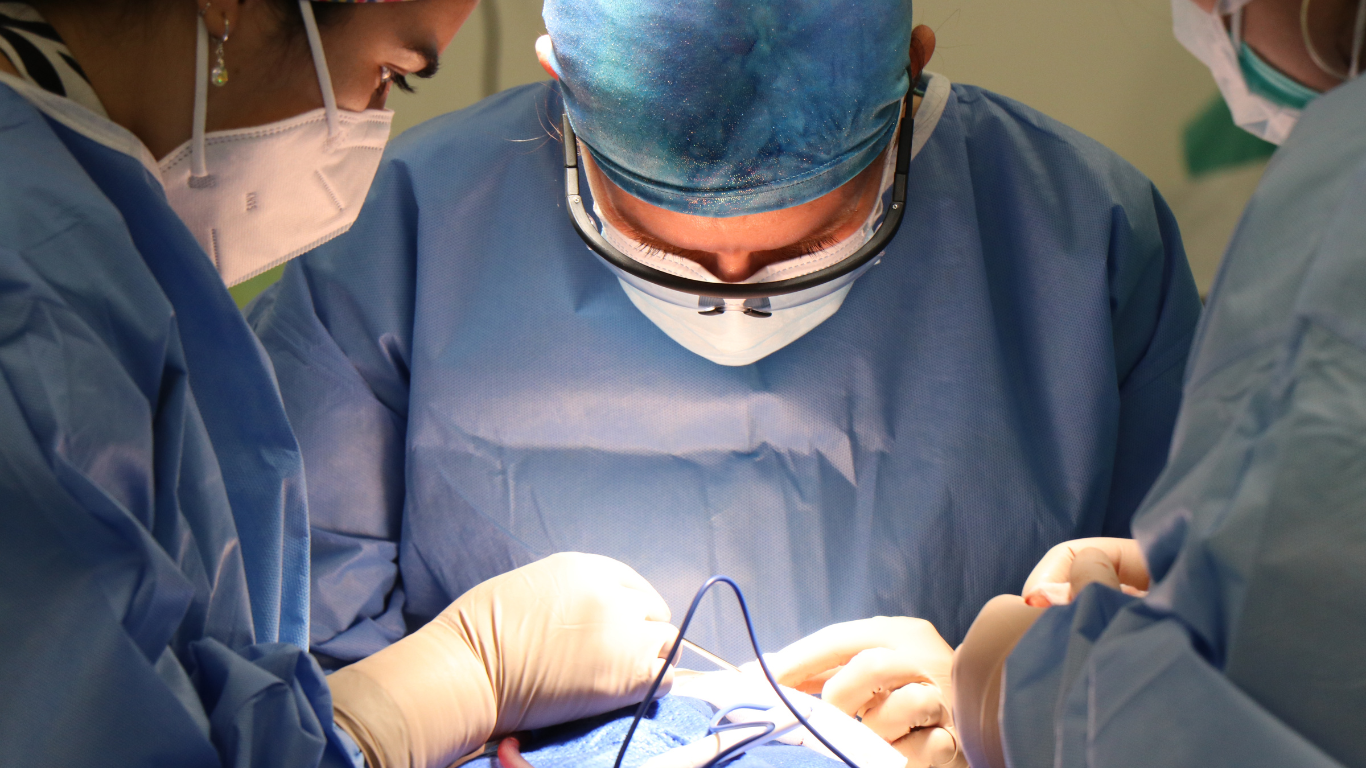In a groundbreaking medical advancement, Canadian surgeons have successfully performed the country’s first osteo-odonto-keratoprosthesis (OOKP) procedures, commonly known as ‘tooth-in-eye’ surgeries. This rare technique utilizes a patient’s tooth to restore vision in cases where traditional corneal transplants are not viable.
Understanding the OOKP Procedure
The OOKP surgery is a two-stage process:
- Stage One: A tooth, typically a canine, is extracted along with surrounding bone and ligaments. This segment is sculpted to hold a plastic optical cylinder and then implanted into the patient’s cheek to develop a blood supply over several months.
- Stage Two: The tooth-bone-cylinder complex is transplanted into the eye, replacing damaged ocular structures. Light entering through the cylinder enables the patient to perceive images, effectively restoring vision.
Pioneering Cases in Canada
Two British Columbia residents have recently undergone this transformative surgery:
- Brent Chapman: Blinded at 13 due to Stevens-Johnson syndrome, Chapman endured over 50 unsuccessful surgeries before opting for the OOKP procedure. ctvnews.ca
- Gail Lane: At 74, Lane lost her sight a decade ago following a severe reaction to anti-seizure medication that led to Stevens-Johnson syndrome. She became the first Canadian to undergo the initial phase of the OOKP surgery. ctvnews.ca
The Surgeon’s Perspective
Dr. Greg Moloney, an ophthalmologist with prior experience in Australia, spearheaded these surgeries at Mount Saint Joseph Hospital in Vancouver. He envisions establishing a dedicated OOKP clinic in Canada to provide this specialized treatment domestically, reducing the need for patients to seek costly procedures abroad.
Global Context and Success Rates
Developed in the 1960s by Italian ophthalmic surgeon Professor Benedetto Strampelli, the OOKP procedure has been a beacon of hope for patients with severe corneal blindness. Long-term studies indicate an anatomical survival rate of up to 94% over 30 years, with significant improvements in visual acuity for many recipients.
Conclusion
The introduction of ‘tooth-in-eye’ surgery in Canada marks a significant milestone in ophthalmology, offering renewed hope to individuals suffering from irreversible blindness. As this innovative procedure becomes more accessible, it holds the potential to transform countless lives by restoring the precious gift of sight.




